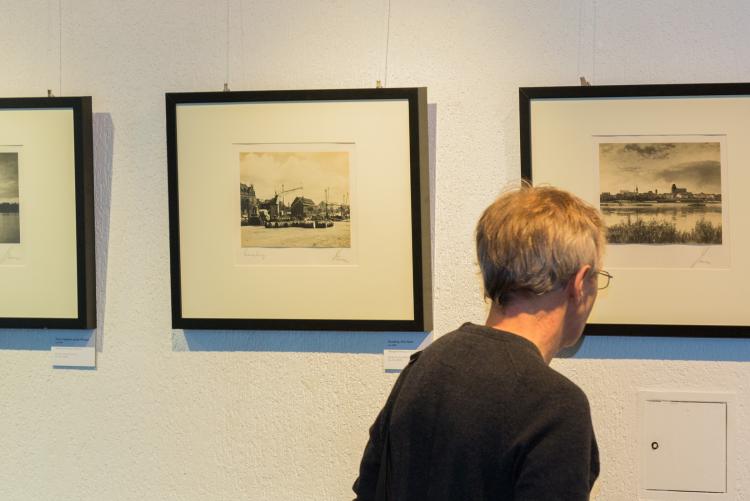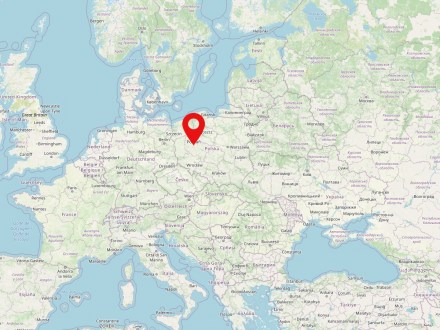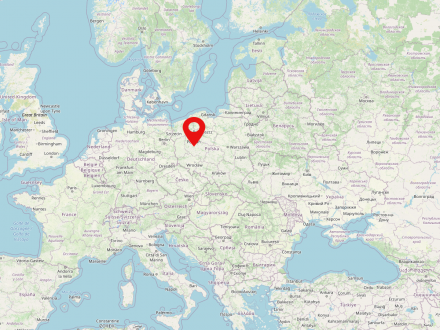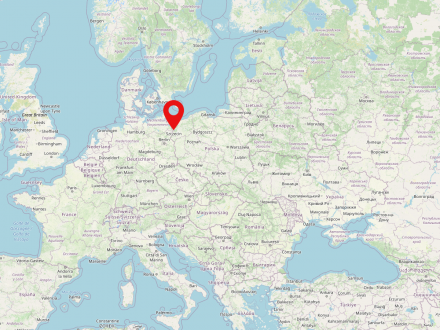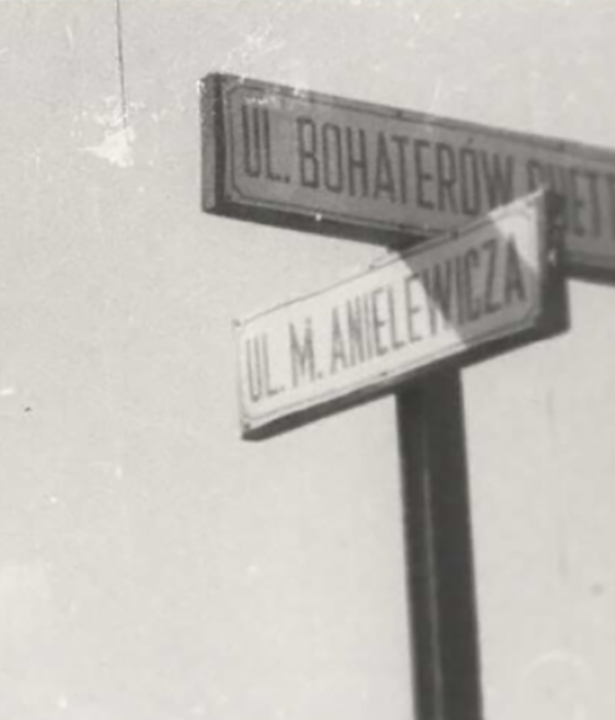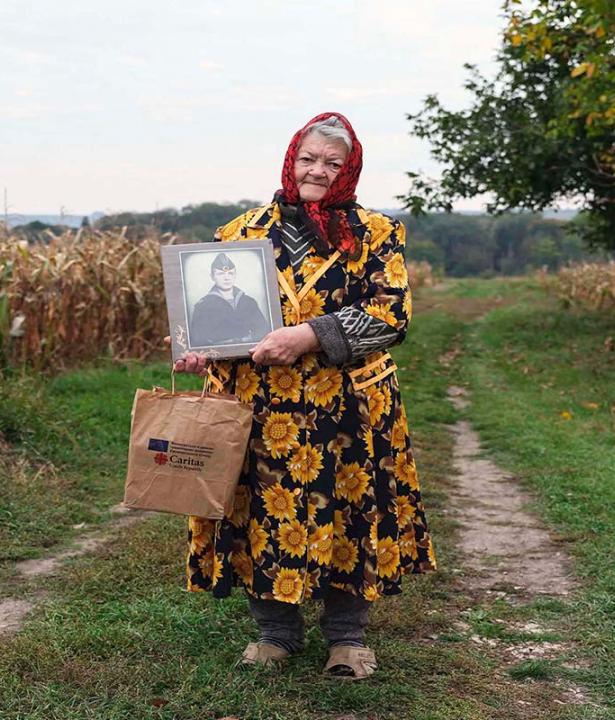Poznań is a large city in the west of Poland and the fifth largest city in the country with a population of over 530,000. The trade fair and university city is located in the historic landscape of Wielkopolska and is also the capital of today's voivodeship of the same name. Already an important trade center in the early modern period, the city first fell to the Kingdom of Prussia in 1793 as part of the newly formed province of South Prussia. After a short period as part of the Duchy of Warsaw (1807-1815), Poznań rejoined Prussia after the Congress of Vienna as the capital of the new Province of Posen. From 1919, the city belonged to the Second Polish Republic for two decades, before it was occupied by the Wehrmacht in 1939 and became part of the German Reichsgau Wartheland (the so-called Warthegau). The almost six-year occupation period was characterized by the brutal persecution of the Polish and Jewish population on the one hand - tens of thousands were murdered or interned in concentration and labor camps -, and the resettlement of German-speaking population parts in the city and surrounding area on the other. In early 1945, Poznan was conquered by the Red Army and became part of the Polish People's Republic. One of the most important events of the post-war period was the workers' uprising in June 1956, which was violently suppressed.
Wielkopolska is the name of a historical landscape in the center and southwest of the present Polish state, which is also considered the historical heartland of Poland. In the southwest, Wielkopolska borders on the historical landscape of Silesia, in the west on the historical parts of the Mark Brandenburg, and in the north and northeast on Pomerelia and Kujawy. Important cities are Poznań and Gniezno.
After Wielkopolska came to Prussia in 1815 as the so-called "Grand Duchy of Poznań" and later "Province of Poznań", the name of the region as "Poznań Land" also became common.
The name and size of today's Wielkopolska Voivodeship, which is populated by approximately 3.5 million people and has an area of almost 33,000 square kilometers, are both derived from the region's historical landscape.
Szczecin (German: Stettin) is a large city in northwestern Poland inhabited by nearly 403,000 people and the capital of the West Pomeranian Voivodeship (Polish: Zachodnio-Pomorskie). Szczecin is located on the Szczecin Lagoon and borders the German states of Mecklenburg-Vorpommern and Brandenburg. The city was part of Prussia for several centuries.
After the end of the war, the collection was kept in the family and never presented to the public. Now it is housed as a fonds in the picture archive of the Herder Institute in Marburg. Thanks to the cooperation of Ernst Stewner's family, the Herder Institute and the ZAMEK Cultural Center in Poznań, the material was able to be processed and presented to the public for the first time in an exhibition in Poznań at the end of 2014. It was the first comprehensive presentation on Stewner's work, with 30 original prints and 130 enlargements from the recovered negatives. These motifs, which were then also exhibited at the Stadtgalerie Bamberg - Villa Dessauer in mid-2018, show the city of Poznań, Polish cities, Wielkopolska, ethnographic photographs, and portraits in five thematic groups. In the exhibition at the Herder Institute from September 2018, the focus is on the photographer's original prints.
Impressions from the exhibition opening at the Marburg Herder Institute 2018:



